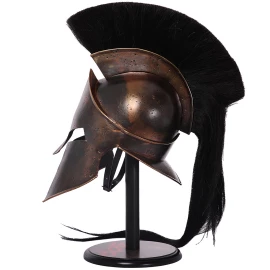300 Spartan shield
This 300 Spartan Shield is based on Frank Miller's comic of the same name and thus corresponds to the shields, which are carried by the Hellenistic fighters in the cinematic battle. This heavy defense shield has about 914mm in diameter. It is made of steel that is coated with brass. The surface is artificially antiqued. The Spartan shield is to be held by two handles on the back. From this side is the shield is covered with leather. More information...
Notify me when the item is in stock.
We will inform you as soon as we stock up.
300 Spartan shield
Please note: This is just an ornamental item, not intended for real use!
- Diameter approx. 914mm (36")
- Weight approx. 7,7 kg (17 lbs)
Premium quality, made by Windlass Steelcrafts®
Write to our specialist


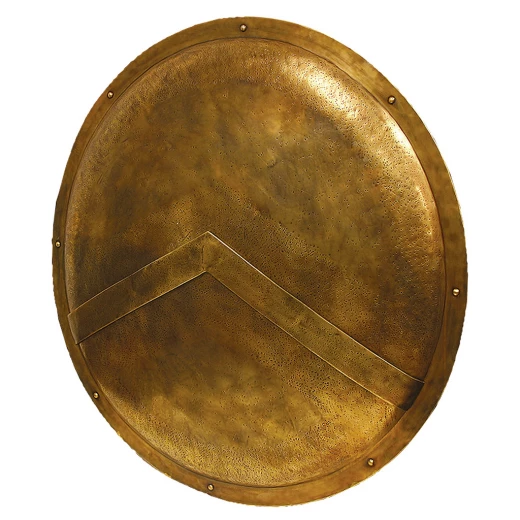


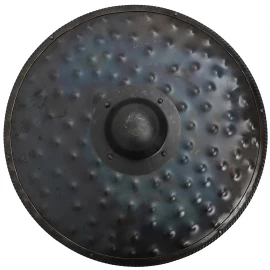
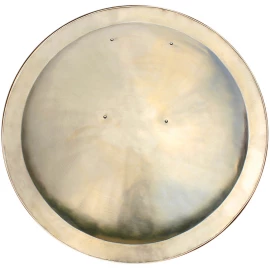
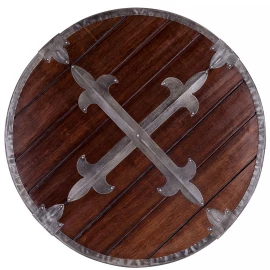
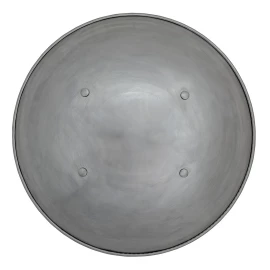
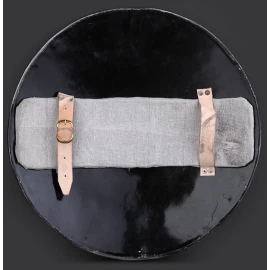
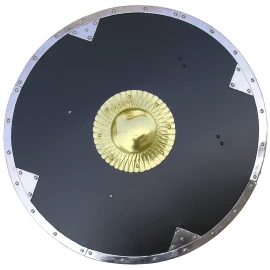

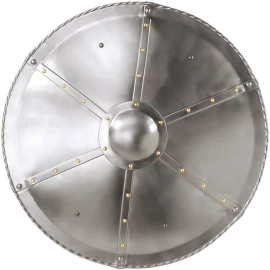
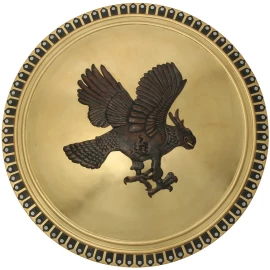
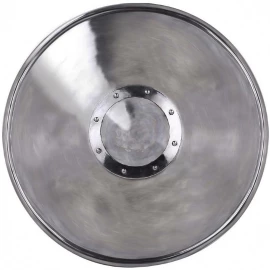
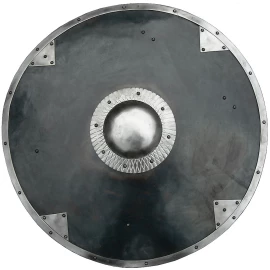
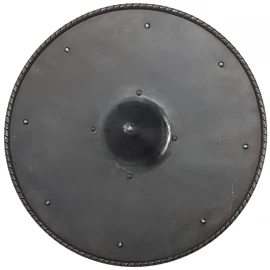

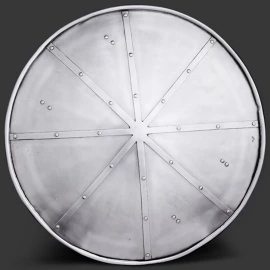
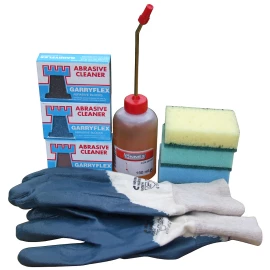
.2152382459.1707678884.JPG.webp)
